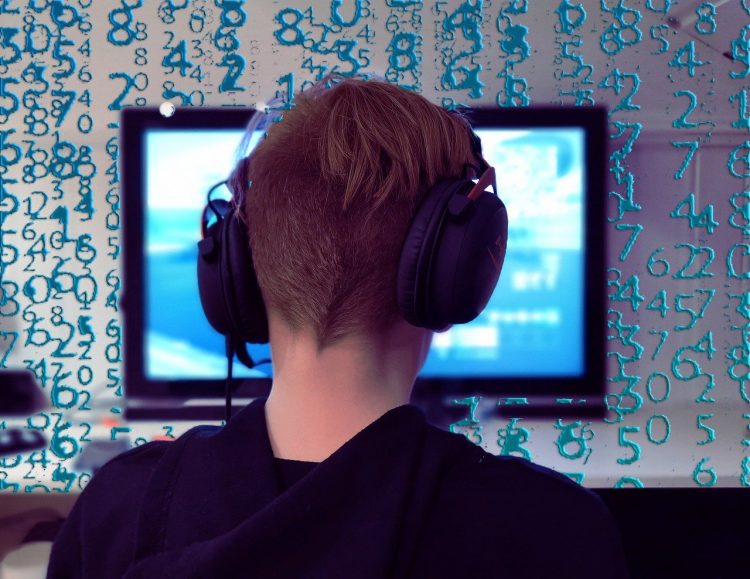You’ve probably heard this question over and over again while you were browsing the internet while looking for your next gaming PC. While it may seem like a common factor, there are quite a few factors that go into determining how much memory you need in your gaming computer.
This article will help you look at some of these factors and see how they can affect your gaming experience.
Pricing
Table of Contents
According to the latest report, gaming PC and monitors jumped 26.8 percent in 2020 to a whopping 55 million units.
PC prices have been going up and down recently, so this is an excellent time to add memory. Although prices may change depending on which manufacturer you choose, an 8GB DDR4 stick shouldn’t run more than $50 right now. If you’re looking for 16GB, it should run you no more than $90.
For the most part, 8GB is enough for gaming on your PC. However, memory prices are low now, and manufacturers are cranking out high-quality 16GB sticks that you can slap into your motherboard. So, if you don’t mind spending an extra $40 to get 16GB, do it.
Your Motherboard
One of the essential factors in determining how much memory you need in your computer is your motherboard.
If you have an older desktop PC running Windows 10, you should be able to get away with 8GB of memory. However, if you’re running a Skylake or Kabylake chipset, go with 16GB. The main reason is that both chipsets support DDR4 RAM.
Another factor to consider is whether you’re using a dual-channel or quad-channel memory kit. Generally, if you’re using a Skylake or Kabylake chipset, go with the dual-channel option because it will perform better than the quad-channel option.
The Graphics Card
If you’re planning on playing games like Battlefront, Battlefield 1, or Call of Duty: Infinite Warfare/Modern Warfare Remastered, you’ll need to ensure your gaming PC has a decent graphics card.
Most modern video cards come with dedicated memory banks, so you won’t have to worry about adding memory for the graphics card.
However, that’s not the case with older cards.
If you’re planning on upgrading an older video card to a newer one, make sure your new graphics card will be able to take advantage of the extra memory as well as your motherboard supports it. But generally speaking, you shouldn’t need more than 8 or 16GB of memory for your graphics card.
Your Games
All games are different, so it’s impossible to give a set number of how much memory you’ll need to play a game. Some modern AAA titles like Battlefield 1 and Infinite Warfare require close to 8GB of RAM, while other games like Overwatch and Rocket League can run just fine on 4GB of memory.
However, some games can run on as little as 2GB of RAM thanks to excellent optimization. It is the exception rather than the rule.
Some games can take advantage of extra memory while other titles can’t. But if you want to avoid issues, just go with 8 or 16GB of memory so you can have a bit of room to grow.
Why Should You Worry about RAM When Gaming?
If you have too little RAM, your games will load slowly and stutter while they’re running in the background. Games will load quickly and run smoothly without lagging with enough memory to keep up with what you’re doing.
What’s The Difference Between DDR3 And DDR4 Memory?
There are no significant differences, but DDR3 runs at a slower speed than DDR4, so you’ll have a slightly higher latency with it. However, there are still tons of motherboards that support DDR3 RAM.
If you’re looking to upgrade your gaming PC or build a new one, DDR4 is the right choice if you can afford it.
RAM Capacities Available for Gamers
Currently, you can find 4GB, 8GB, and 16GB sticks of memory that are affordable for most gamers. But if you’re looking to build a brand-new PC from scratch, a 16GB DDR4 stick should be more than enough.
If you bought a motherboard within the last year or two, it likely supports DDR4 memory while older boards only support DDR3. However, there are still some excellent options for using DDR3 memory in your computer.
RAM Sizes for Different Games
Many games don’t need a lot of memory to run their best, so they can get away with 4GB or 8GB of RAM. For example, Overwatch, Rocket League, and Minecraft all run well on 4GB of memory.
But if you’re planning on playing modern AAA titles like Star Wars Battlefront, Battlefield 1, or COD: Infinite Warfare/MWR, you’ll need a decent amount of RAM in your computer. These games eat up as much as 12GB or 16GB of memory to run their best.
So, How Much Memory Do You Need?
Usually, 8 GB is recommended for most gaming computers, but 16 GB is generally the best option to take advantage of current prices and availability.
Because each game makes different memory use demands, this article can’t give an exact number of how much memory you need. If you want to be safe, just go with 8 or 16GB of memory.




















